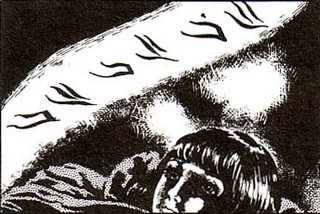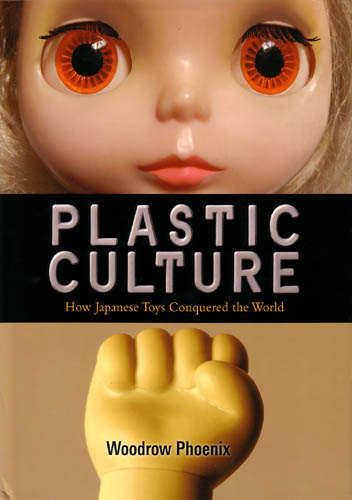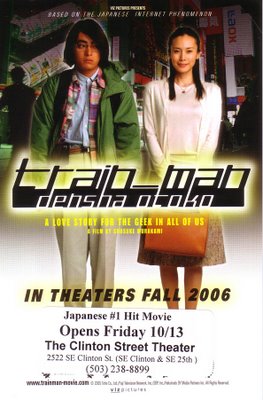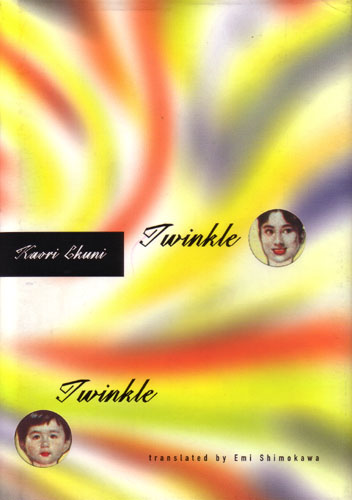WHO FIGHTER and Heart of Darkness

As a young boy, I remember the great pleasure I got out of reading U.F.O. comics of the day. Sold as true tales of alien invasions, the classic comics were as much about the “top-secret” government cover-ups as they were about the bizarre experiences of the military men who encountered the other-worldly visitors. I hadn’t been reminded of those fantastic tales in years until I read the first story in Seiho Takizawa’s first English title, WHO FIGHTER.
 WHO FIGHTER is a WWII manga, with two complete stories and one short vignette. The title story tells the experience of a Japanese fighter pilot who shoots down a strange fireball over Japan during WWII. What follows is a strange and twisty tale, and the only thing more odd than the suspicious G-men investigating the incident is the fireball itself. Are the bizarre events that follow the result of this alien phenomenon, or are they all in the pilot’s head. There is strong evidence to suggest both, which makes WHO FIGHTER an exciting and unique story, right up through the final frame.
WHO FIGHTER is a WWII manga, with two complete stories and one short vignette. The title story tells the experience of a Japanese fighter pilot who shoots down a strange fireball over Japan during WWII. What follows is a strange and twisty tale, and the only thing more odd than the suspicious G-men investigating the incident is the fireball itself. Are the bizarre events that follow the result of this alien phenomenon, or are they all in the pilot’s head. There is strong evidence to suggest both, which makes WHO FIGHTER an exciting and unique story, right up through the final frame.The second complete story is Takizawa’s version of Joseph Conrad’s Heart of Darkness (which will also be recognizable to readers as the story Francis Ford Coppola’s film “Apocalypse Now” was based on.) A Special Ops soldier is sent on a secret mission to find and “remove from command” a Colonel who has deserted his post and taken his men into the jungles of Burma to build a utopian society. The story is as much about the journey into the jungle to find Colonel Kurutsu as it is about the struggle the Special Forces soldier has with the mission. “This time…my target is Japanese,” he reminds himself as he drinks sake with a geisha in an attempt to relax before the mission starts. This is a thinking person’s war story, and the tone and delivery make it a very worthy rendition of Conrad’s classic. In the Afterward Takizawa makes some interesting comments on adapting Heart of Darkness, and on the writing process in general.
One cannot get more than a few frames into WHO FIGHTER without being struck by the artwork they hold in their hands. The distinguished and precise drawings are very realistic when it comes to machinery, vehicles and buildings. Whether you are a World War II buff or not, the attention to detail is clear. The characters have a distinct look, and the thin-line shading is done to perfection.
Although almost all the characters are soldiers, and the stories are set during wars, these tales are hard to call simply “war stories”. These stories are on the edge of war, and the edge of reality. Now we can only hope and wait to see more of Takizawa’s work in the near future.






























 This is our first exploration of a manga not translated from Japanese, but written in English for an English speaking audience. Published by
This is our first exploration of a manga not translated from Japanese, but written in English for an English speaking audience. Published by 

